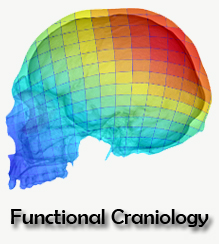 Recently, Schira et al. (2023) have introduced a new in vivo magnetic resonance imaging (MRI) dataset meant to build a fine-detailed, open-access atlas of the human brain. This is only the first step, a presentation of full brain scans of two healthy male individuals, but a powerful proof of a resource that includes multiple contrasts, ideal for studying both white and grey matter. The corresponding datasets, protocols, as well as any future advances, are (or will be) available on the Human Brain Atlas website.
Recently, Schira et al. (2023) have introduced a new in vivo magnetic resonance imaging (MRI) dataset meant to build a fine-detailed, open-access atlas of the human brain. This is only the first step, a presentation of full brain scans of two healthy male individuals, but a powerful proof of a resource that includes multiple contrasts, ideal for studying both white and grey matter. The corresponding datasets, protocols, as well as any future advances, are (or will be) available on the Human Brain Atlas website.
To obtain the level of detail that the authors strive for, several high-resolution scans were performed of each participant that were averaged afterwards. This method allows for a resolution of up to 0.25 mm, an image quality suitable for structural parcellations that parallel those based on histology. However, being performed in vivo and non-invasive, MRI circumvents issues such fixation shrinkage and wrapping. Additionally, where histology requires a new specimen for each anatomical plane (i.e., axial, coronal and sagittal), MRI does not. And although these key advantages of MRI were hitherto insufficient to outbalance its lacking resolution, it is likely that, going forward, only magnified views of small structures will justify the use of a histological approach.
Besides the scans themselves, the results also include the first examples of a parcellation of the brain. Specifically, Schira et al. (2023) present parcellations of an axial and a coronal section at intermediate points in the respective sequences (both at the height of the anterior commissure, for reference). The parcellations include a host of white matter structures, as well as an array of cortical and subcortical grey matter elements. Finally, to push the resolution of the scans as far as possible, they show a magnified version of the coronal section highlighting the detail and contrast obtained for several of the subcortical telencephalic and diencephalic nuclei (e.g., caudate and putamen nuclei, globus pallidus and thalamus).
Tim Schuurman







Leave a comment